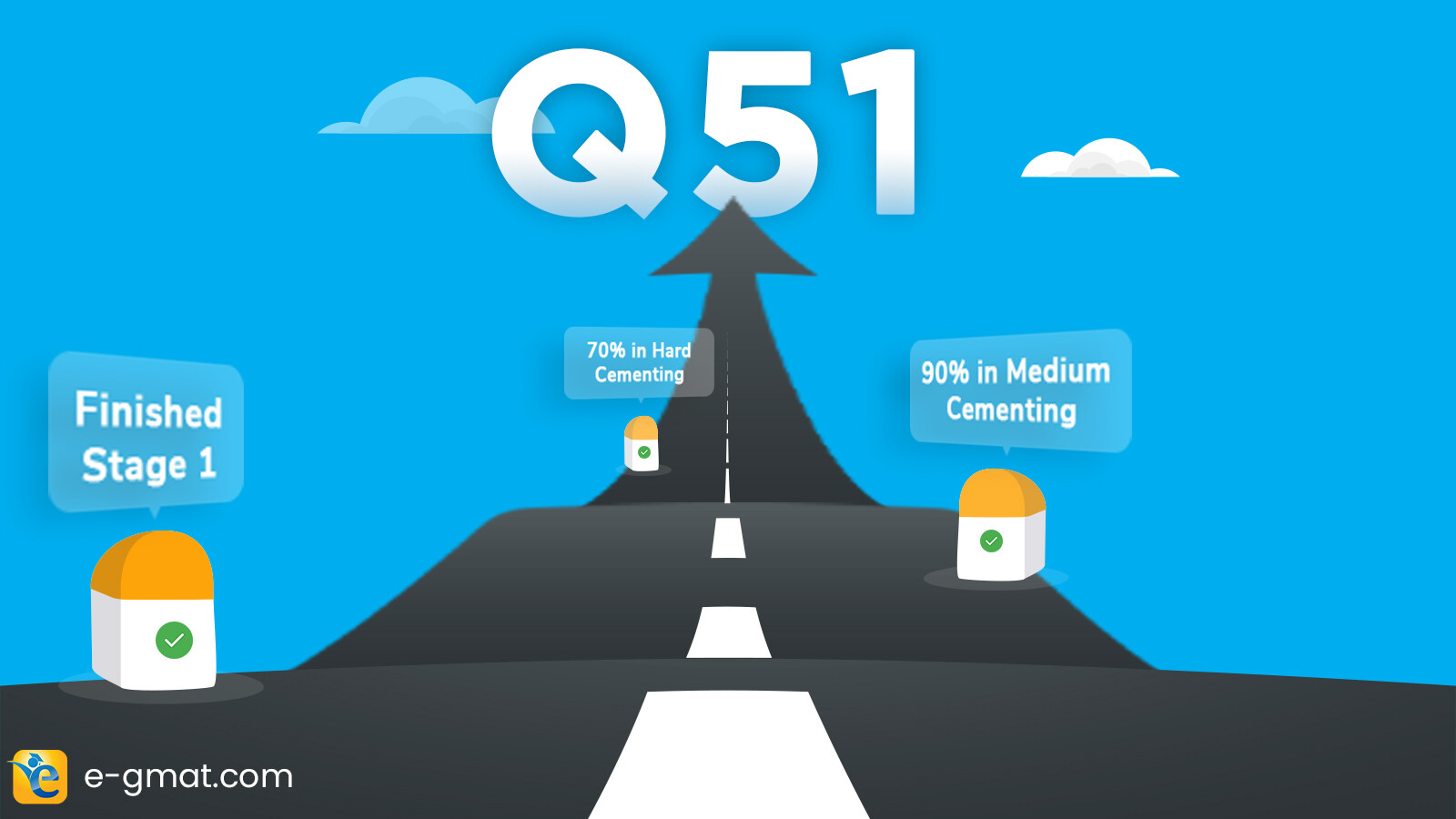Yeasts capable of leavening bread are widespread, and in the many centuries during which the ancient Egyptians made only unleavened bread, such yeasts must frequently have been mixed into bread dough accidentally. The Egyptians, however, did not discover leavened bread until about 3000 B. C. That discovery roughly coincided with the introduction of a wheat variety that was preferable to previous varieties because its edible kernel could be removed from the husk without first toasting the grain.
Which of the following, if true, provides the strongest evidence that the two developments were causally related?
A. Even after the ancient Egyptians discovered leavened bread and the techniques for reliably producing it were well known, unleavened bread continued to be widely consumed.
B. Only when the Egyptians stopped the practice of toasting grain were their stone lined grain-toasting pits available for baking bread.
C. Heating a wheat kernel destroys its gluten, a protein that must be present in order for yeast to leaven bread dough.
D. The new variety of wheat, which had a more delicate flavor because it was not toasted, was reserved for the consumption of high officials when it first began to be grown.
E. Because the husk of the new variety of wheat was more easily removed, flour made from it required less effort to produce.
Solution
Passage Analysis
| Yeasts capable of leavening bread are widespread, and in the many centuries during which the ancient Egyptians made only unleavened bread, such yeasts must frequently have been mixed into bread dough accidentally. | Key-points from this statement:
|
| The Egyptians, however, did not discover leavened bread until about 3000 B. C. That discovery roughly coincided with the introduction of a wheat variety that was preferable to previous varieties because its edible kernel could be removed from the husk without first toasting the grain. | Key-points from this statement:
|
Loved the solution? Take a free trial to get unlimited access to concept files, live sessions, and practice questions. For any strategic advice for GMAT or MBA Admissions, write to us at acethegmat@e-gmat.com. We are the most reviewed GMAT prep company on GMATClub with more than 2400+ reviews
Pre-thinking
As per the question stem, our job is to find a piece of new information that will establish a causal link between the introduction of the particular variety of wheat and the Egyptians’ discovery of risen/leavened bread around 3000 B.C.
Now, let’s look at the quality of this new variety of wheat:
- its edible kernel could be removed from the husk without first toasting the grain
Since the new variety of wheat was unique (at the time) because of the above mentioned feature, this could be a potential area from which we can extract new information. The causal relation will most likely come from how not toasting the grain helped the leavening of the bread. So while screening the answer choices, let’s keep this aspect in mind.
Analysis of Option Statements
| A. Even after the ancient Egyptians discovered leavened bread and the techniques for reliably producing it were well known, unleavened bread continued to be widely consumed. | This answer choice is incorrect as it provides us with some irrelevant piece of information that establishes no connection whatsoever between the new variety of wheat and yeast/leavening of bread. Hence answer choice A is not correct. |
| B. Only when the Egyptians stopped the practice of toasting grain were their stone lined grain-toasting pits available for baking bread. | This answer choice is not correct. It introduces a new element: stone-lined grain toasting pits, but establishes no relation between the usage of these pits and yeast. Now we don’t know how and if at all baking bread in these pits helped the Egyptian’s discover the process of making the bread rise. Since, the answer choice doesn’t give us any information for supporting such a relation, it is not the correct answer. |
| C. Heating a wheat kernel destroys its gluten, a protein that must be present in order for yeast to leaven bread dough. | This option is correct. As predicted in our pre-thinking, this answer choice establishes a link between the new variety of wheat and leavened bread.Answer choice C strongly suggests the possible reason behind why Egyptians discovered the risen bread only after the introduction of the new type of wheat. The reason is that before this introduction, Egyptians had been following a process in which an important element in wheat, which helped yeast in leavening the bread, would be destroyed.Since this process (of heating the wheat kernel) was no longer required for the new variety of wheat, it is highly likely that the Egyptians subsequently discovered the leavened/risen bread as chances are that gluten (the yeast helping element) would have been present during the baking of the bread and the bread would have been leavened
Hence answer choice C provides strong evidence that the two developments were causally related. |
| D. The new variety of wheat, which had a more delicate flavor because it was not toasted, was reserved for the consumption of high officials when it first began to be grown. | This option is incorrect. It is completely out of scope. Who consumed the new variety of wheat is immaterial in establishing a connection between this wheat and leavened bread. Since the answer choice fails to establish any valid connection between the introduction of the new wheat and leavened bread, it is incorrect. |
| E. Because the husk of the new variety of wheat was more easily removed, flour made from it required less effort to produce. | This answer choice is not correct as it too falls short of making the required connection between the new variety of wheat and leavened bread. How the easy removal of husk and the subsequent easier product of flour helped the leavening of bread is not mentioned or indicated in this answer choice. Hence, the information given in answer choice E is irrelevant for our task in this question. |
Loved the solution? Take a free trial to get unlimited access to concept files, live sessions, and practice questions. For any strategic advice for GMAT or MBA Admissions, write to us at acethegmat@e-gmat.com. We are the most reviewed GMAT prep company on GMATClub with more than 2400+ reviews













